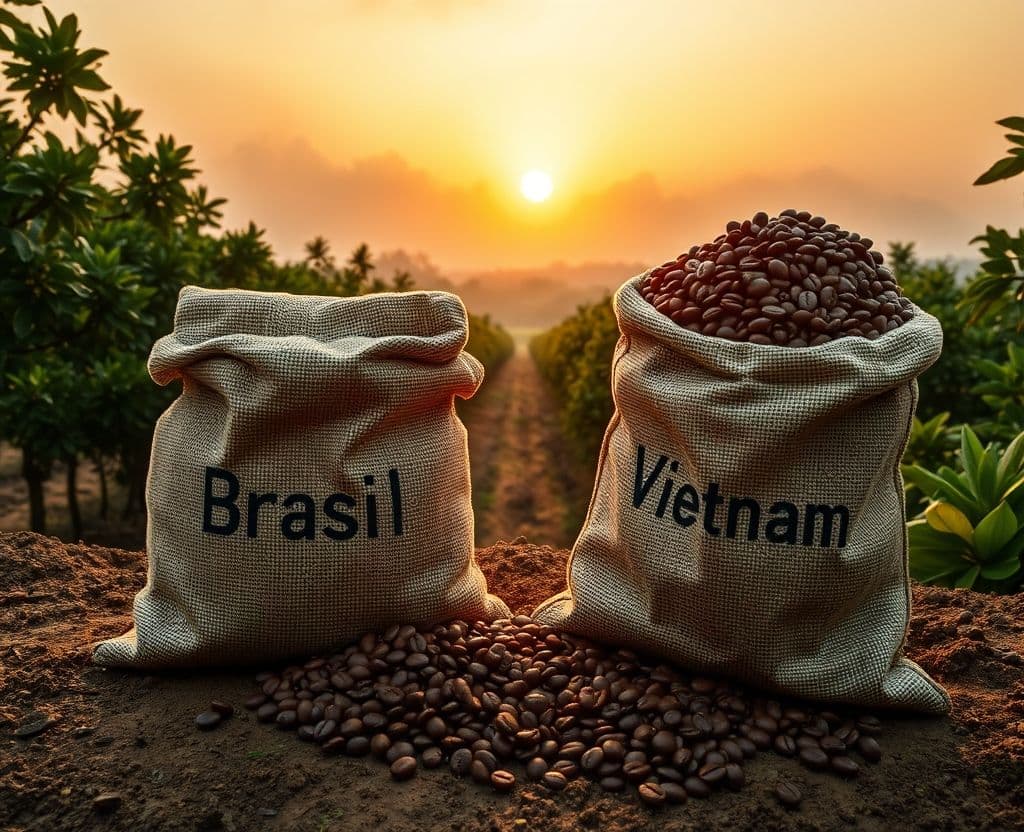Brazil is making significant strides in robusta coffee production, narrowing the long-standing gap with Vietnam, the global leader in this coffee variety. According to recent forecasts by the U.S. Department of Agriculture (USDA), Brazil’s robusta output for the 2025/2026 season is expected to reach 24.1 million 60-kg bags—a dramatic increase from 10.5 million bags in 2016/2017, effectively more than doubling in less than a decade.
This robust growth has sparked discussions about whether Brazil might eventually overtake Vietnam as the top global producer of robusta. The topic was a focal point at the Coffee Dinner & Summit held by Brazil’s coffee exporters association, Cecafé, in São Paulo from July 2 to 4.
While Brazil dominates arabica production—supplying about 45% of the world’s arabica coffee—Vietnam has held a comfortable lead in robusta. In 2016/2017, the gap between the two countries exceeded 15 million bags. However, based on current projections, that lead may shrink to just 6 million bags by the end of the upcoming harvest.
The USDA also forecasts that Brazil’s total coffee output will rise slightly in 2025/2026, thanks to a 3.1 million bag increase in robusta, which will offset a 2.8 million bag decline in arabica.
Speaking to Reuters, David Neumann, CEO of Neumann Kaffee Gruppe—one of the world’s largest coffee trading companies—acknowledged that the pace and scale of Brazil’s robusta expansion has surprised many in the industry. While optimistic about the outlook, he also cautioned that forecasts made 14 months in advance are still vulnerable to unexpected weather events, particularly as Brazil has yet to pass through its cold season.
Analysts point to several advantages that explain Brazil’s recent gains in robusta:
-
Greater drought tolerance, especially important after last year’s severe dry spell.
-
Higher resistance to diseases such as coffee leaf rust.
-
Higher yields per hectare compared to arabica.
-
Lower susceptibility to biennial bearing, a phenomenon that causes arabica yields to fluctuate between high and low years.
As global coffee demand continues to rise and climate change disrupts traditional growing patterns, Brazil’s increasing robusta supply could help stabilize global inventories. This development not only strengthens Brazil’s role in the global coffee market but also introduces new dynamics to the competitive landscape historically dominated by Vietnam.


